Before I begin this post, I must warn you...my handwriting is ghastly!
I mean, I can read it, and that's most important, right? When I have an idea, or am copying word-for-word, quickly, I tend to write a little, well, untidy. So please, as you are looking at my pictures below and reading my notes (that is, if you even can read them!) - no laughing! LOL!
I had quite a few e-mails since the start of school asking about Documentation in the Full Day Kindergarten program.
I am, by no means, an expert in documentation. In fact, it is definitely an area that I wish to explore more of and learn from others the various ways they document student learning.
There are so many ways to document - the ideas listed below work well for me and my students. Be sure to visit the many wonderful blogs out there and see how others use documenting as a powerful classroom tool.
There are so many ways to document - the ideas listed below work well for me and my students. Be sure to visit the many wonderful blogs out there and see how others use documenting as a powerful classroom tool.
Why do we document?
Well, as a teacher, we are accountable for assessing each student and helping that student achieve his/her full potential through a variety of meaningful and engaging activities.
We must use many tools to show student learning: notes, photographs, student work, etc. to demonstrate all that the student can do.
When I see how meaningful something is to my students, I want them to remember and reflect back on their work. I might ask them to draw, write about, or snap a photo of what they are working on. I like to see what's important to them.
I've mentioned this before...I give full credit to the fact that last fall I was fortunate enough to take Kindergarten Part 1 with Joanne Babalis that I have come this far with my confidence to document.
If you have not already discovered her website, you must visit it: My Classroom Transformation.
Many of the ideas seen below are taken or adapted from her, and for that, I thank her for such wonderful, meaningful and powerful ideas.
When I was in the course last year, Joanne showed us her students' Portfolios, a term and idea I now use daily in my classroom as well.
A child's portfolio (a binder) is a place where we keep assessment pieces, documentation notes, photographs, samples of student work and any other pieces that student feels is important, or "their best work".
What's kept inside? Here is an example of a template that I use to document student learning. In the above photo, the student ordered the numbers 1-9 and arranged loose parts under each.
He was also able to explain why he arranged it in that way.
This shows me that the student is able to recognize numbers 1-9 and has a solid understanding of 1:1 correspondence using those numbers.
Where do I go from here? After I record that information on the template and snap a quick photo, I will file this in the student's portfolio. Looking back, I can see that a next step, perhaps, is to work on making and breaking numbers 1-9 or move on to more complex teen numbers.
To download your copy of the Documentation Notes template, and to read more about Documentation Portfolios, click here and here to visit Joanne's blog post.
This picture was placed in the student's portfolio because he was very proud of it - so was I!
He was able to label his picture of his family....a very big accomplishment!
This picture was placed in the student's portfolio because he was very proud of it - so was I!
He was able to label his picture of his family....a very big accomplishment!
This is a photograph that a student took of a collaborative art piece we did last year. He noticed the various shades of red used and wondered why there were so many variations.
I asked him to take the photo so he could show us what he was trying to highlight. I then asked him to write his observations and wonderings on sticky notes so we could attach them to the photo.
I placed this up in classroom near the art piece and then it went into his portfolio.
This was another idea I got from Joanne. She would interview her students and ask them to choose a piece of work that they were most proud of and tell her why they believed it was their "personal best".
I love the idea of students explaining why their work is fantastic because it encouraged them to continue to always do their best.
Last fall, I went to an in-service on the new Full Day Kindergarten program and it was my Program Consultant for the Early Years, Denise Cave, who gave me this fabulous idea!
We taped a large piece of butcher paper to the inside of our classroom closet door. Each student has his/her name on the left hand side, and anecdotal notes that we write on yellow sticky notes are placed beside his/her name.
This gives my DECE and I an opportunity to quickly see which students we have information on and which ones we might like to observe.
I transfer these sticky notes at the end of each month or two, into my teacher binder that holds all of my notes.
I have a large cork board in my classroom where we display student learning for any visitors (and students!) to see - Our Wonder Wall. It's changed when a new inquiry arises. In this case, the above photo shows our Seashell Inquiry from the beginning of this school year.
I take LOTS of photos, ask students to draw or photograph what is important to them, and transcribe some of the things that they say, think or wonder.
It's a brief, clear picture of the learning taking place.
The other large cork board beside Our Wonder Wall changes frequently. This display shows some of the learning that took place on International Dot Day.
There are lots of wonderings and explorations happening in our classroom now, including Thanksgiving, our upcoming trip to the pumpkin patch, our Colour Inquiry, and turning our Dramatic Centre into a bakery.
I take all kinds of pictures during the day!
Here is an example of a self-portrait a student drew using the iPad.
I am going to print this in colour and have the student label or describe their picture.
I work with various small groups throughout the day targeting language and math skills. If there is a particular curriculum expectation, or something I am looking to see if they can do, I will record it on a template like the one above. Each student has a box and I write down notes on what I see and hear.
For example, the picture above shows my notes on "sorting", a concept we have been covering for the past 2 weeks. I might write down "able to sort by colour, shape and size" or a direct quote from the student like "I sorted these buttons into 2 groups: pink and blue."
I assessed the students on their letters/sounds/numbers the first few weeks of school, as well as how they printed their name. I made lots of notes so that I know which groups to form for my DECE and I to work with.
I always keep a clipboard with blank white paper and a pen attached to it close by. I record any conversations around possibly inquiries or things happening in my classroom.
Although Guided Reading won't start until after Thanksgiving, I wanted to show you how I keep notes on reading.
I have a binder with tabs for each group and boxes to record notes for each student.
You can read more about Guided Reading here.
My students write in their journal on a weekly basis (if not a few times a week - I have some students that just love to write!). They can write and draw about anything they would like to - so that writing becomes meaningful to them.
Through inquiries, I am able to obtain a lot of valuable information about student learning. Our Spider Inquiry last spring (which lasted nearly 6 weeks!) was a great opportunity to document and display student learning. Once I take down our display, I store everything in a binder for us to preserve and look back on.
You can read more about our spider inquiry here.
Remember - documentation is not meant to be extra work on a teacher. It is meant to be a crucial part of student learning, achieving and representation by capturing daily occurrences and wonders.
It is meant to be interesting, informative and FUN!
I would love to hear all about the many ways in which you document student work!
Happy teaching!






















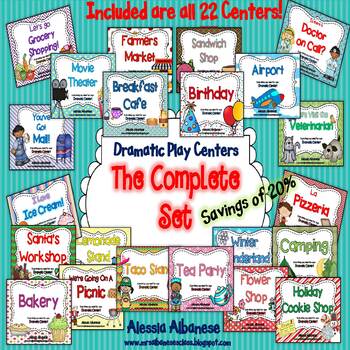
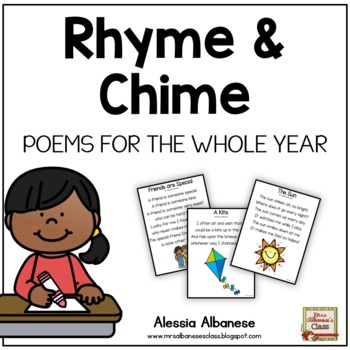
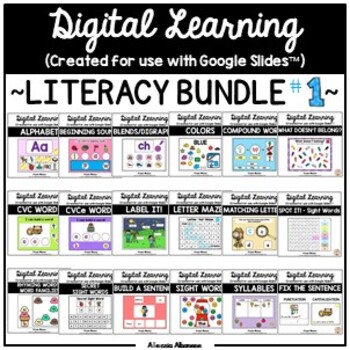
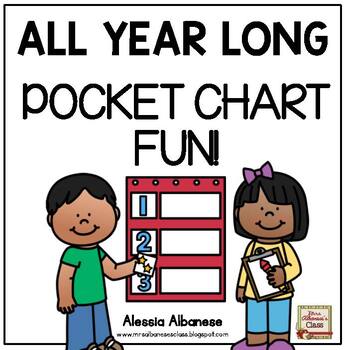

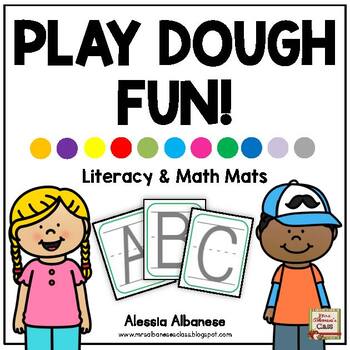

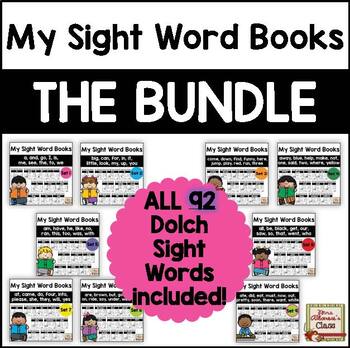

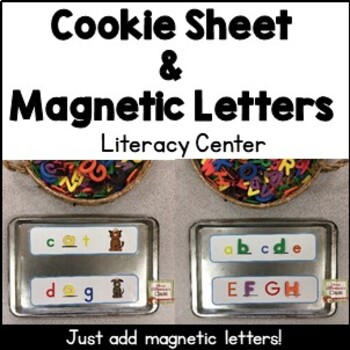

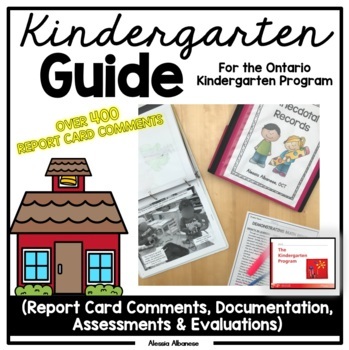




I love this post! It was AWESOME and I really needed it!
ReplyDeleteThank you for sharing!
ReplyDelete